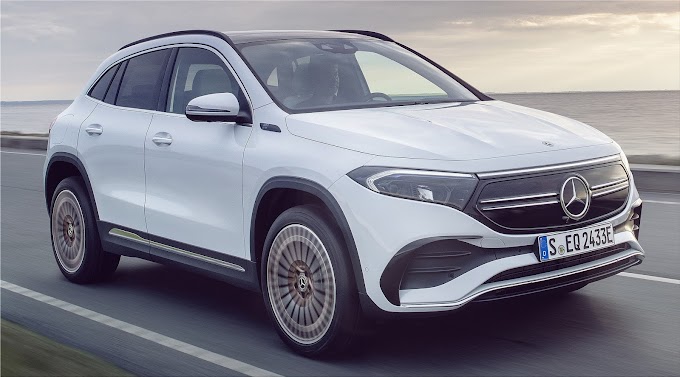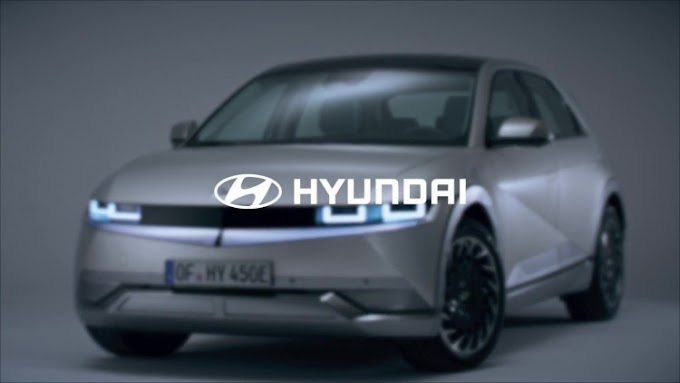The MG ZS and the Dacia Duster stand out as two of the most budget-friendly and sought-after compact SUVs on the European market. They both boast roomy interiors, utilitarian features, and respectable performance at a reasonable price. But which one offers better value for your money? This article delves into the key contrasts between the MG ZS and the Dacia Duster, focusing on design, engine power, safety measures, technology, and cost.
Design
The design approaches of the MG ZS and the Dacia Duster couldn't be more divergent. The MG ZS sports a more contemporary, fashionable look with its streamlined front grille, LED headlights, and alloy wheels. Conversely, the Dacia Duster embodies a more rugged, sturdy aesthetic with its boxy shape, roof rails, and plastic cladding. The MG ZS offers a marginally extended wheelbase (2585 mm vs 2673 mm) and a greater ground clearance (164 mm vs 210 mm) compared to the Dacia Duster. Additionally, the MG ZS surpasses the Dacia Duster with a more expansive boot capacity (448 liters vs 411 liters) and more generous rear seating.
The interior of the MG ZS feels more polished and cozy than that of the Dacia Duster. The MG ZS features a leather-coated steering wheel, a digital instrument dashboard, and a 10.1-inch touchscreen infotainment system. In contrast, the Dacia Duster hosts a less complex dashboard, a 3.5-inch LCD display, and a 7-inch touchscreen infotainment system. The MG ZS also trumps the Dacia Duster in terms of storage compartments, cup holders, and USB ports.
Engine
The MG ZS and the Dacia Duster each offer a variety of engine options. The MG ZS comes with two petrol engines: a 1.5-liter four-cylinder engine generating 106 hp and 141 Nm of torque, and a 1.0-liter turbocharged three-cylinder engine with an output of 111 hp and 160 Nm of torque. On the other hand, the Dacia Duster offers three petrol engines: a 1.0-liter turbocharged three-cylinder engine producing 90 hp and 160 Nm of torque, a 1.3-liter turbocharged four-cylinder engine generating 130 hp and 240 Nm of torque, and a 1.5-liter four-cylinder engine outputting 150 hp and 250 Nm of torque.
Additionally, the MG ZS offers an electric variant, the MG ZS EV, powered by a 44.5 kWh battery pack. This drives a 105 kW electric motor generating 143 hp and 353 Nm of torque. The MG ZS EV boasts a range of up to 263 km on a single charge and can be recharged to 80% in just 40 minutes using a fast charger.
Transmission options also differ between the MG ZS and the Dacia Duster. The MG ZS offers either a five-speed manual or a six-speed automatic gearbox, while the Dacia Duster provides either a six-speed manual or a seven-speed dual-clutch automatic gearbox. The MG ZS is available exclusively in front-wheel drive, while the Dacia Duster offers both front-wheel and four-wheel drive options.
Safety
The MG ZS and Dacia Duster differ significantly in safety ratings and features. Euro NCAP awarded the MG ZS a five-star rating, outshining the Dacia Duster's three-star score. The MG ZS boasts an array of standard safety features, including six airbags, ABS, EBD, ESP, hill start assist, a tire pressure monitoring system, rear parking sensors, a rearview camera, and cruise control. Additional features include a speed limiter, lane keep assist, blind spot detection, rear cross-traffic alert, autonomous emergency braking, pedestrian detection, traffic jam assist, intelligent high beam assist, adaptive cruise control, forward collision warning, lane departure warning, and lane change assist.
In comparison, the Dacia Duster offers a more limited range of standard safety features, including four airbags, ABS, EBD, ESP, hill start assist, a tire pressure monitoring system, rear parking sensors, and a speed limiter. However, it does provide optional safety additions such as front parking sensors, a rearview camera, blind spot warning, and emergency brake assist.
Technology Features
The MG ZS and the Dacia Duster come with distinct technology features and connectivity options. The MG ZS boasts a more advanced and intuitive infotainment system than the Dacia Duster, featuring a 10.1-inch touchscreen that supports Apple CarPlay, Android Auto, Bluetooth, USB, and Wi-Fi. In contrast, the Dacia Duster sports a 7-inch touchscreen infotainment system compatible with Apple CarPlay, Android Auto, Bluetooth, USB, and AUX. Additionally, the MG ZS is equipped with a digital instrument cluster that presents diverse data and settings, while the Dacia Duster possesses a 3.5-inch LCD display that provides basic information.
The audio systems in both vehicles also differ. The MG ZS comprises a six-speaker audio system, delivering crystal clear sound quality. On the other hand, the Dacia Duster features a four-speaker audio system that provides satisfactory sound quality. Moreover, the MG ZS includes a panoramic sunroof, enhancing the cabin's light and airy feel, a feature the Dacia Duster lacks.
Pricing
The MG ZS and the Dacia Duster vary in pricing and warranty offerings. The MG ZS is slightly pricier than the Dacia Duster, yet it provides a greater value proposition. The base model of the MG ZS starts at $16,000, rising to $23,000 for the top-tier model. Meanwhile, the MG ZS EV ranges from $28,000 for the base model to $31,000 for the top-end version. The MG ZS boasts a seven-year or 150,000 km warranty, making it one of the most extensive in the industry.
On the other hand, the Dacia Duster starts at $14,000 for the base model and peaks at $20,000 for the top model. The Dacia provides a standard three-year or 100,000 km warranty, which is common for vehicles in this class.
Conclusion
Both the MG ZS and the Dacia Duster are excellent options for those seeking an affordable and dependable compact SUV. However, each vehicle has unique advantages and drawbacks that may resonate with different purchasers. The MG ZS is ideal for those prioritizing design, comfort, safety, and technology. In contrast, the Dacia Duster is better suited for individuals favoring performance, durability, and off-road capabilities. Ultimately, the best way to determine which vehicle is a more suitable purchase is to test drive both models and make a personal comparison. @via Car Division











